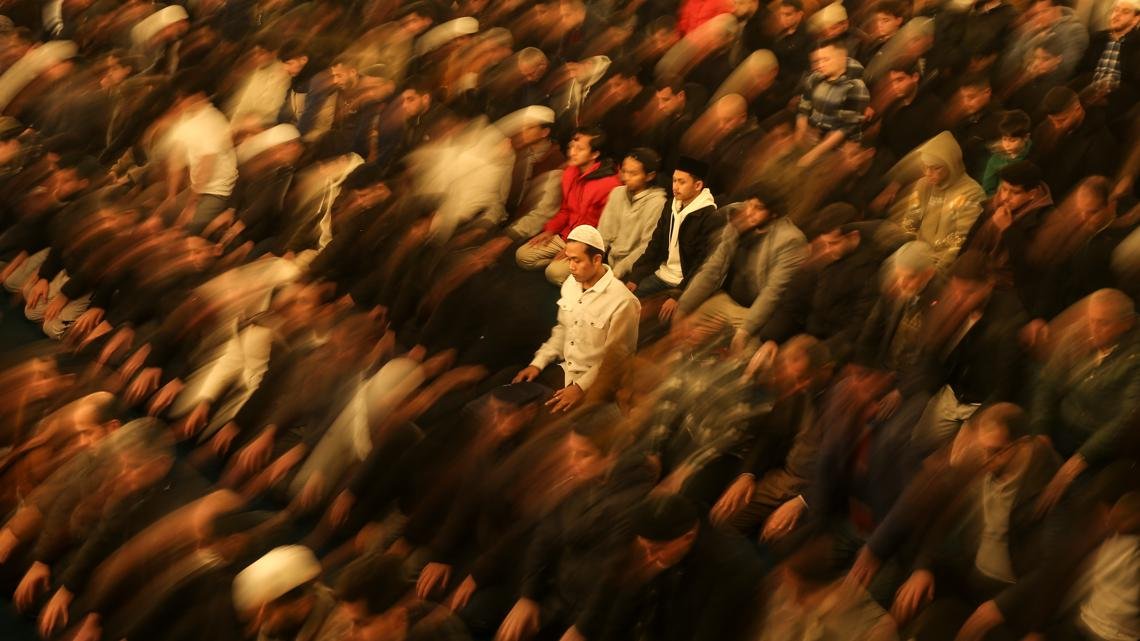cct-tracking
Discovering Ramadan: The Sacred Practices of Muslim Observance in the Holy Month

As the Islamic holy month of Ramadan approaches, millions of Muslims worldwide prepare for a significant spiritual journey marked by daily fasting from dawn until sunset. This year, the month will commence around March 1, contingent on the sighting of the crescent moon.
For Muslims, Ramadan is not merely about abstaining from food and drink; it encompasses deeper spiritual reflection, charity, and community. Families and friends often come together to break their fast during evening meals, known as “iftar,” an occasion that fosters unity and goodwill.
This Ramadan arrives amid complex geopolitical tensions, particularly in regions like Gaza and Syria, where Muslims face monumental challenges. A fragile ceasefire is in place, following intense conflict, notably the recent war between Israel and Hamas that has claimed thousands of lives and displaced many.
In Syria, this marks a significant Ramadan as it will be the first following the end of decades-long Assad family rule. This transitional period could accentuate feelings of hope and resilience among the Syrian people.
The fast during Ramadan is one of the Five Pillars of Islam. Observing it is viewed as a form of worship, enhancing self-discipline and empathy towards the less fortunate. Muslims refrain from all food and drink during daylight hours and strive to embody good character, avoiding negative actions such as gossip.
Community charity is a hallmark of Ramadan. Many Muslims engage in acts of kindness by providing iftar meals to those in need or distributing food boxes filled with essentials. The pre-dawn meal, called “suhoor,” sustains them before beginning the day’s fast.
Exemptions from fasting are acknowledged for individuals who are ill or traveling. Those unable to fast due to temporary conditions are expected to make up for these missed fasting days later.
Traditions during Ramadan vary widely across cultures. In Egypt, colorful lanterns and traditional songs fill the air, while children play a significant role in welcoming the month. Notably, the sound of a “mesaharati,” who awakens the faithful for suhoor, is a cherished aspect of Ramadan culture in many neighborhoods.
Television series and special programming often proliferate during this month, catering to a diverse audience and sparking discussions about the commercialization of Ramadan. Some communities are concerned that the emphasis on entertainment and decorations may overshadow the month’s spiritual significance.
In Indonesia, unique regional customs emerge. From communal feasts in Aceh to spiritual washing rituals near rivers, the country’s diverse culture shines through its Ramadan practices. Meanwhile, Indian Muslims celebrate with bustling street markets offering traditional foods and evening prayers at mosques, creating an atmosphere of vibrancy.
In the United States, where the Muslim population is diverse, families gather in mosques or homes for iftar, fostering a sense of community. Some even engage in interfaith gatherings, providing an opportunity for dialogue and understanding.
As Ramadan approaches, the month serves as a time of reflection and renewal for Muslims worldwide, inviting both personal introspection and communal bonding.


















